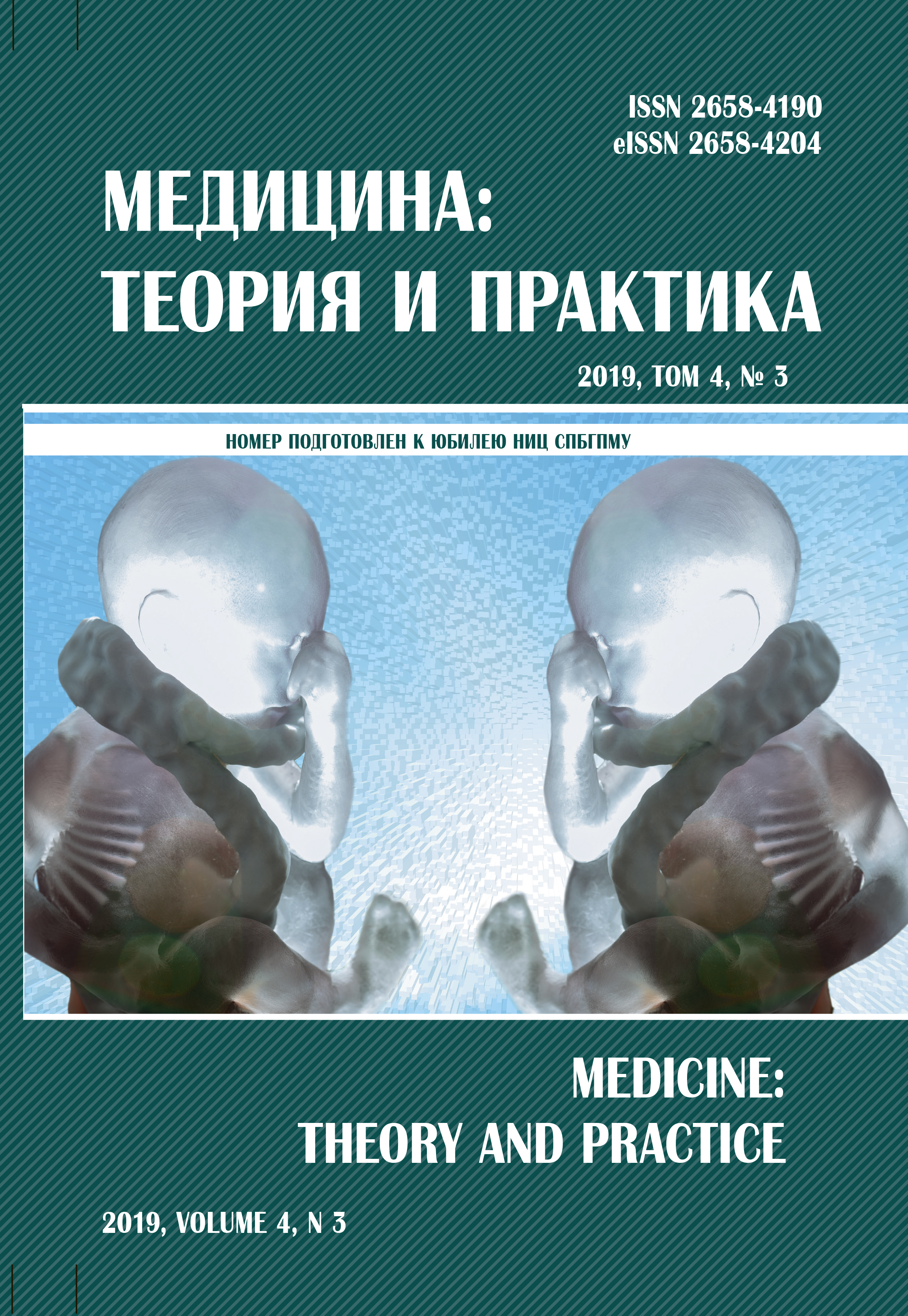Features of the microflora of the conjunctival cavity in newborn children
Abstract
The purpose of the study was to study the nature of the microflora of the conjunctival cavity in newborns, as well as to determine the sensitivity of the isolated microorganisms to antibacterial drugs traditionally used in pediatric ophthalmology. 120 newborns (240 eyes) were examined, divided into 4 subgroups of 30 people (60 eyes). The first included children born naturally from the examined mothers; in the second - born naturally from unexplored mothers; in the third, by Caesarean section from the mothers examined, and in the fourth, by Caesarean section from the mothers not examined. When delivery by caesarean section, the percentage of sterile crops is twice as high and is 63.3 and 73.3% of cases, respectively. Staphylococci are most often found in all types of delivery. With natural delivery, the microflora spectrum is more diverse, in such cases E. Coli and Klebsiella spp. Isolated microflora is most sensitive to fluoroquinolones (ciprofloxacin, moxifloxacin and levofloxacin) and aminoglycosides (tobramycin).



